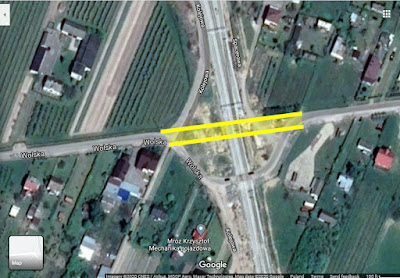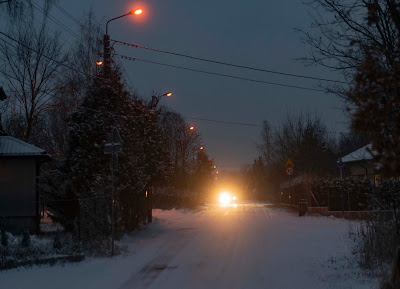How did this year look? The seventh consecutive year in which I have recorded health and fitness metrics daily. A useful exercise; planning for an active and healthy old age. 'Beat last year' remains the motto and the ongoing target.
Lockdown has hit the number of paces walked in the average day, although the number of minutes of moderate-to-high-intensity walking increased by an average of six minutes a day over last year; this metric having been introduced by my health app in August 2018. Incidentally, I walk faster in winter than in summer. Cold weather induces a quicker pace, and there are fewer photo stops along the way.
My press-up routine has changed to prioritise quality over quantity (focusing on a plank-straight back and neck, chest right down to the ground, then up to arms fully extended, rather than rapid cursory nods).
Other than paces and number of press-ups, improvements all round. The reduced alcohol intake is a lockdown side-effect; some socialising over the summer, but far less than normal, and with zero socialising in early spring then late autumn/winter. And of course no alcohol at all during Lent (my 29th one in a row). The 15.5 units/week is still above Public Health England's guidelines of 14 units/week, but well below the old 28 units/week for men that was the standard in the 1990s.
Figures below are per day - for each and every one of the 366 days of 2020 (unless stated otherwise).
| Measurable and manageable | |||||||
|---|---|---|---|---|---|---|---|
| 2014 | 2015 | 2016 | 2017 | 2018 | 2019 | 2020 | |
| Paces (daily average) | 9.8k | 10.7k | 10.6k | 11.0k | 11.4k | 12.0k | 11.1k |
| Moderate to high intensity (mins) | N/A | N/A | N/A | N/A | N/A | 24 | 30 |
| Alcohol drunk (units/week) | 33.4 | 28.0 | 25.0 | 20.8 | 19.7 | 18.5 | 15.5 |
| Dry days over course of year | 94 | 123 | 155 | 186 | 196 | 198 | 208 |
| Days with zero physical training | 234 | 266 | 148 | 83 | 27 | 17 | 11 |
| Press-ups/day | N/A | N/A | N/A | 25 | 60 | 90 | 83 |
| Pull-ups/day | N/A | N/A | N/A | 2 | 7 | 5 | 11 |
| Sit-ups/day | 65 | 41 | 71 | N/A | N/A | N/A | 16 |
| Sets of weights exercises/day | N/A | N/A | N/A | 2.1 | 2.2 | 2.3 | 2.4 |
| Plank time (min: sec/day average) | N/A | N/A | N/A | N/A | N/A | 3:40 | 4:10 |
| Portions fresh fruit & veg/day | N/A | 4.3 | 5.0 | 5.2 | 5.3 | 5.4 | 6.1 |
2019 - a year in numbers
2018- a year in numbers
This time three years ago:
2017 - a year in numbers
This time four years ago:
2016 - a year in numbers
This time five years ago:
2015 - a year in numbers
This time six years ago:
Economic forecasts for 2014 - and 2015?
This time seven years ago:
Economic predictions for 2014
This time eight years ago:
Economic predictions for 2013
This time nine years ago:
Economic predictions for 2012
This time ten years ago:
Classic cars, West Ealing
This time 11 years ago:
Jeziorki 2009, another view
This time 12 years ago:
Jeziorki 2008, another view
This time 13 years ago:
Final thoughts for 2007

















































